Notes:
- Getting the right inheritance order while printing the MRO of class D but not get getting the constructor call of class C.
Question: Why not printing C Constructor after A Constructor in the given code below?:
class A(object):
def __init__(self):
print("A Constructor")
class B(A):
def __init__(self):
print("B Constructor")
super(B, self).__init__()
class C():
def __init__(self):
print("C Constructor")
super().__init__()
def method(self):
print("C method")
class D(B, C):
def __init__(self):
print("D Constructor")
super(D, self).__init__()
super().method()
d = D()
print(D.__mro__)
